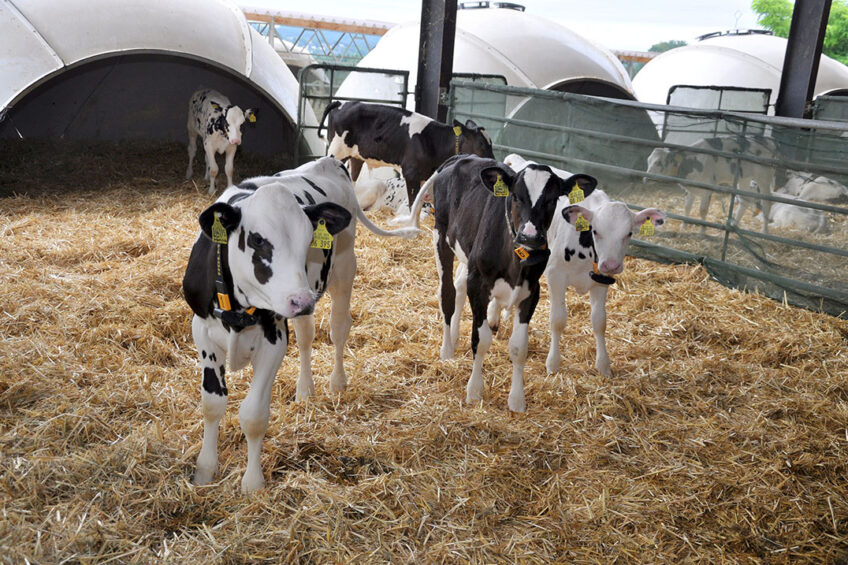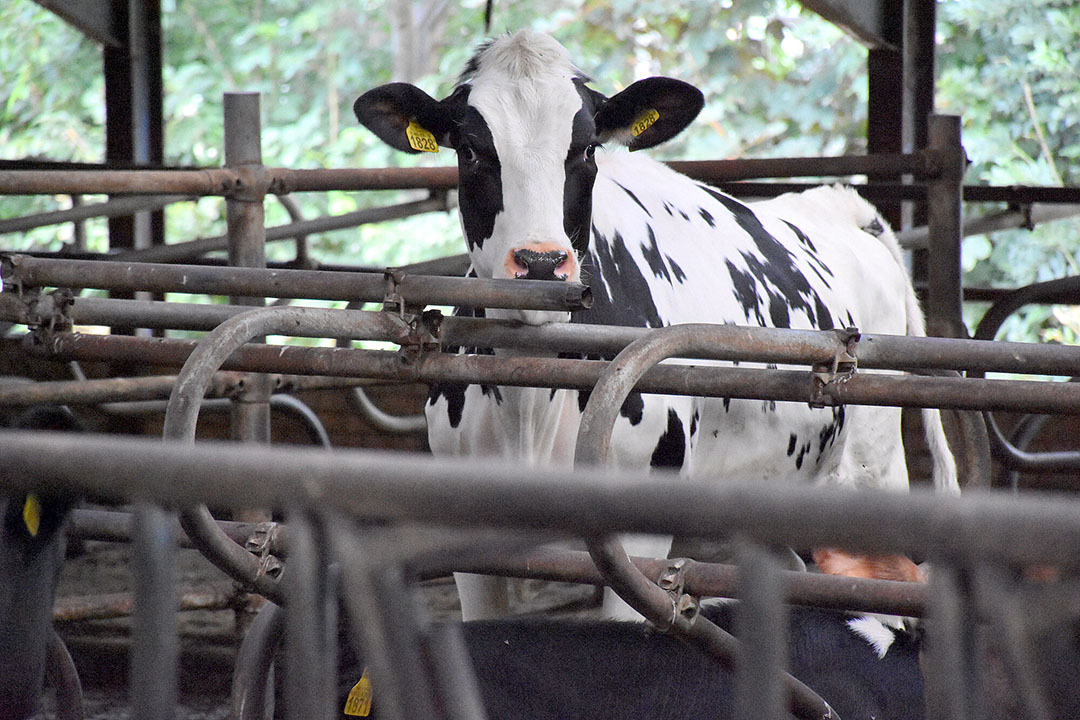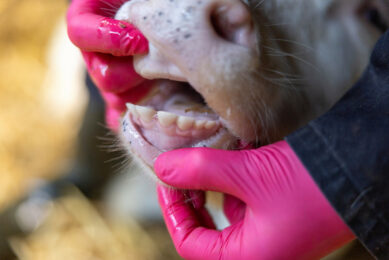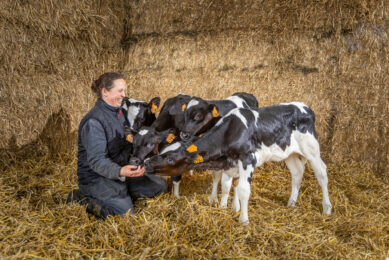New regulations for Canadian dairy farmers

The long-awaited and possibly controversial new Code of Practice listing new regulations Canadian dairy farmers must adhere to has arrived.
With specific title, the Code of Practice for the Care and Handling of Dairy Cattle, this latest document replaces its predecessor developed in 2009 and comes into effect on 1 April 2024.
Designed, regulated and released by the National Farm Animal Care Council (NFACC) and Dairy Farmers of Canada (DFC), the Code is regarded as a powerful tool for meeting rising consumer, marketplace and societal expectations relating to farmed animal welfare.
The development of the Code was led by an 18-person committee that includes participants from across Canada, including dairy farmers, animal welfare and enforcement representatives, processors, researchers, veterinarians, and government representatives.
The Code sets out a number of new regulations, mostly relevant to cow and calf housing, that may throw up some challenges for farmers.
Barn design and branding cattle
For example, there are new laws surrounding cow freedom of movements when in the barn, possibly hinting that building the traditional tiestall barn in the future would not be sustainable.
Also introduced are laws surrounding the tethering of calves, and a ban on branding cattle.
Pierre Lampron, president of Dairy Farmers of Canada, said: “Canadian dairy farmers already follow some of the most stringent standards in the world, and the new Code of Practice will help them continue to provide the best in animal care while staying consistent with our industry’s history of continuous improvement.
“This commitment to quality and care means dairy farmers are always looking to stay ahead of the curve and improve their practices, reflecting the most recent science on the welfare of their animals.”

Main cow housing updates
The main updates released in the Code refer to new requirements in housing for cows and calves. Effective from 1 April 2027, this new code insists cows must not be tethered continuously throughout their entire production cycle, calving to calving.
It states newly-built barns must allow daily, untethered freedom of movement and social interactions year-round.
Having adequate space for calving in a barn is also essential, and, effective 1 April 2029, cattle on all farms, including existing barns and for those being built, must calve in loose housed maternity pens, yards, or pastures that permit them to turn around.
Calving areas, whether for group or individual calving, must provide the cow and calf an area that is clean, safe, separated from the lactating herd, and that provides enough space for the cow to be assisted.
Stocking density
Stocking densities of barns have also been identified as a new welfare requirement, therefore increasing the space per cow when housed. The stocking density in barns must not exceed 1.2 cows per stall in freestall systems. Then, effective 1 April 2027, the stocking density must not exceed 1.1 cows per stall. And later, effective 1 April 2031, the stocking density must not normally exceed 1 cow per stall.
This means all barns, including newly-built ones, must have the adequate space for the number of cows it houses, and if it doesn’t then cow numbers must be reduced.
Resting areas in group pens must provide at least 9.3 square metres, or 100 square feet, per Holstein cow. These space requirements will be adjusted for smaller breeds.
Also new is that electric trainers must only be used when needed to train or retrain individual cattle. Electric trainers must be safe, secure, adjustable, and positioned to enable normal eating, standing, and lying behaviour. Electrified crowd gates, that herd the cows to be milked, have been banned.
Calf housing and dehorning
The new Code also addresses calf housing and states calves must not be tethered in indoor housing and if outdoors, can only be tethered via a collar in a calf hutch with access to an area outside the hutch.
Producers raising calves individually must develop a plan to transition to pair or group housing methods, in consultation with a veterinarian or other qualified advisor.
Then, effective from 1 April 2031, calves that are healthy, thriving, and compatible, must be housed in pairs or groups by 4 weeks of age.
Incidentally, calves must be dehorned by 2 months of age and banding has been banned as an acceptable method of dehorning.
Canadian minister of Agriculture and Agri-Food, Marie-Claude Bibeau, said: “Canadian dairy farmers care about protecting the health and welfare of their farm animals. This updated Code of Practice will help them continue to enhance the care and handling of animals while boosting consumer confidence that our food system is meeting the highest standards.”
Join 13,000+ subscribers
Subscribe to our newsletter to stay updated about all the need-to-know content in the dairy sector, two times a week.










